How I Converted My Yards to Drought-Tolerant Plants and Shrubs, Part 1
This segment will discuss remaking our back yard. We also took on the project of replacing our front lawn once the backyard renovation was mostly complete, but more on that in the next post!
In late 1996, my husband, two children, and I moved from Montana to San Ramon. In Montana, we had tried to make a living in a rural setting, but “You can't eat the scenery", I learned too late. When we moved to San Ramon, for a variety of reasons, we needed to find an empty house read for immediate possession. The house we bought came with a big backyard pool. We certainly enjoyed having the pool for many years, but once the kids were out of the house, we didn't use it much. The solar panels used to heat the water meant the pool was only hot enough to swim in from mid-May through September. While the maintenance costs weren't astronomical, we spent plenty to keep it in good condition. Other swim venues were very close at hand – San Ramon's huge swim complex is right over the creek at California High School – and I belonged to 24 Hour Fitness so I could swim there in an indoor pool any time of day.
In 2013, we got a couple of bids to repair the pool and decking, and found out it would cost more to fix it than to take it out completely. We decided to take out the pool. Beginning in December 2013, our contractor began work to completely remove all evidence of a pool.
At the time of the pool's deconstruction (as I like to call it) I was in the midst of my Master Gardener training through Contra Costa County and University of California County Extension Program (UCCE).
I knew from my MG training I wanted to have raised vegetable beds and to plant easy-care plants and shrubs. Since we live near the entire spectrum of K-12 schools, we also decided to add lawn for salability purposes. Many parents would want to have a play space for their children.
Our house is a typical tri-level suburban house that sits on a 70' x 100' sf. lot. In my Soils class, I learned our house sits on clay soil with no nutritive value, suitable only for supporting a 1500 sf. house. I would have to bring in lots of good stuff if I expected anything to grow! Because of San Ramon permit requirements, we had to replace our pool, and concrete decking with the same type of soil our house sits on. We had a soils engineer overseeing the placement and compaction of soil trucked in from the East Bay Hills. Only the final 12 inches could be ‘living' soil we could plant ornamentals and trees in. We were assured the soil was decent, though we might want to add compost and other amendments to attract worms and the like.
As you can see from the pictures, the pool and required concrete decking really did take up 80% of the arable yard. (I love the one of the diving board to nowhere!) Once this contractor was finished, we needed another contractor to bring in ‘good' soil for our two 8' x 3' raised beds, the hillside where the giant date palm tree and a large cypress bush reside, and the rest of the yard that did not need fill that met permit requirements. Before this work was done, Bill spent countless hours building a paver patio and yards of French drains to carry water away from our house. Handy husband Bill also put the two raised beds together. For good measure, he tacked on landscape wire to the bottom to keep rodents out.
Our landscape contractor brought in ‘good' soil and compost, created the irrigation system for the lawn and the raised beds, and laid warm season fescue grass sod. He moved agapanthus plants and removed some palm trees that we did not want (though one grouping has since grown back and it is easier to keep them now). Much of the perimeter's plantings pre-existed this renovation work. Lined against the house, three types of geraniums (that I have propagated more than once), and agapanthus (that I had moved from elsewhere) have thrived with very little direct sun. Both of these plants are extremely low maintenance and are rarely watered. You can get cuttings or corms from friends that will fill in your planting area in less than a year, guaranteed! Along this same wall, I took out a bed of geraniums and replaced them with half a dozen nearly dead Abutilon plants in 4” pots. Happily, for me, all but one of these plants are flourishing and have put out many yellow, pink and red colored blossoms in abundance! Oleander bushes cover another side along a neighbor's fence.
The hillside at the back of the property was covered with mulch, which was easy to live with and easy to replenish as necessary. The landscaper first moved the mulch to the level surface around the grass and the raised beds, and then added soil to the hillside. I have since added a lime tree, two miniature agapanthus plants, and three pittosporum bushes to the hillside, and creeping rosemary and white yarrow against the date palm behind a stone wall barrier. The fourth side, along our other neighbor's fence, now has agapanthus, two rhododendrons someone gave me, a transplanted ornamental onion set, and in the corner, a leafy grape plant that so far does not bear fruit but turns a lovely red on the fall. My neighbor's vinca minor has been creeping into that corner as well, and I am doing my best to encourage it.
My two planter boxes hold a mishmash of plants. Last year's crop of heirloom tomatoes, tomatillos, various peppers and artichokes were a wash-out due to the lack of enough hours of sun. Now I am using the beds as a nursery of sorts, to grow small plants and seedlings for re-planting elsewhere. I also have one artichoke that is blooming, and some red onions and garlic that I expect will make it and be edible
I have barely touched the surface of my efforts, but I am happy to know that every plant is there because of me. It's okay if some die, because I know where I can get more. I have to admit I did not enjoy the work initially because I had so little confidence. I thought I had a ‘black thumb.' Now I know that is not true. Although I have a long way to go to become a ‘master' master gardener, I know I can accomplish what I set my mind to achieve. And boy, oh boy, is that a great feeling!
Next chapter: My front yard conversion: a lot more work that continues to this day!



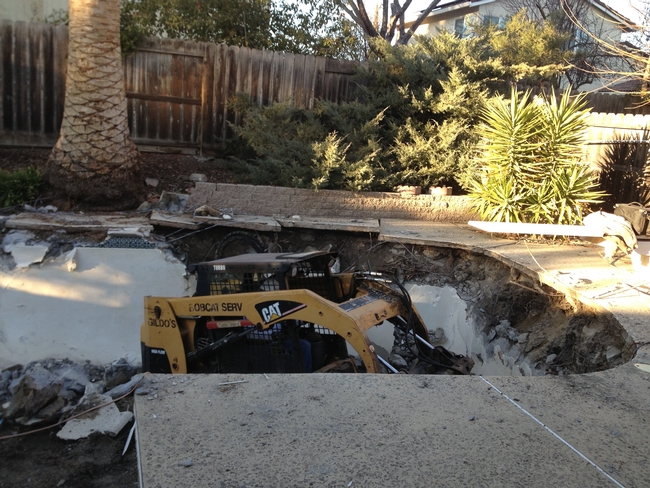
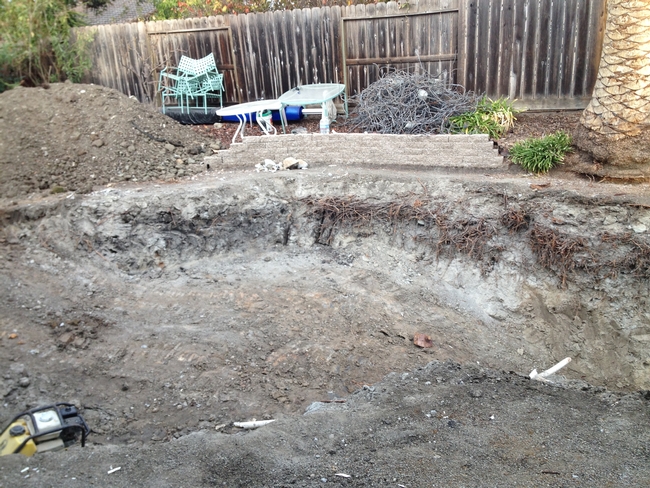
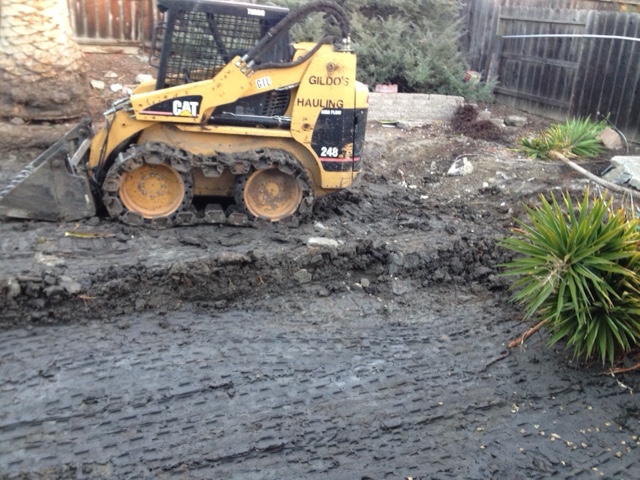
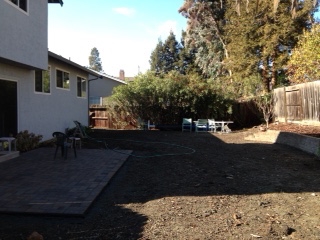
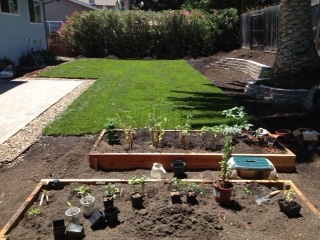





Posted by Greg Doyle on August 20, 2015 at 9:49 AM